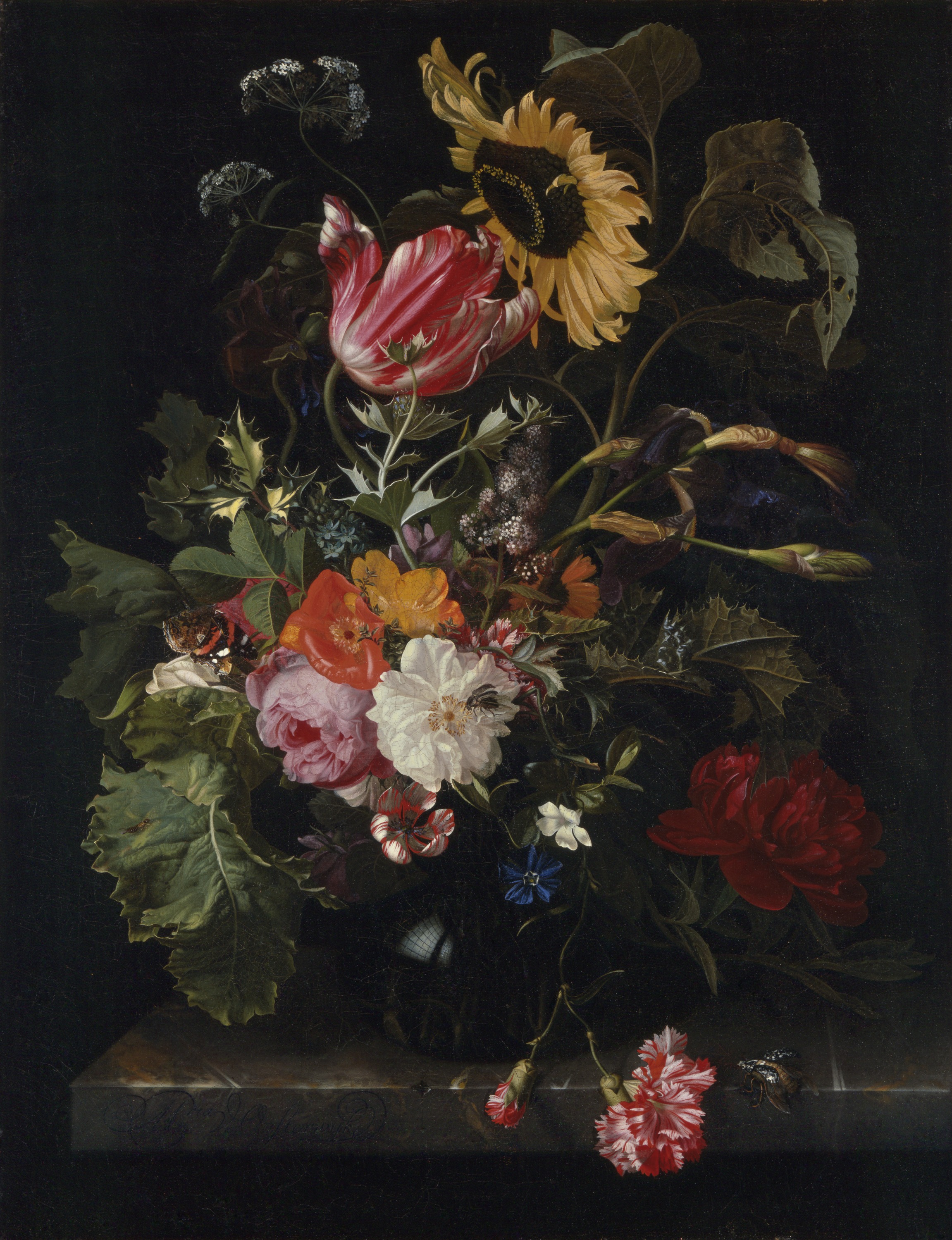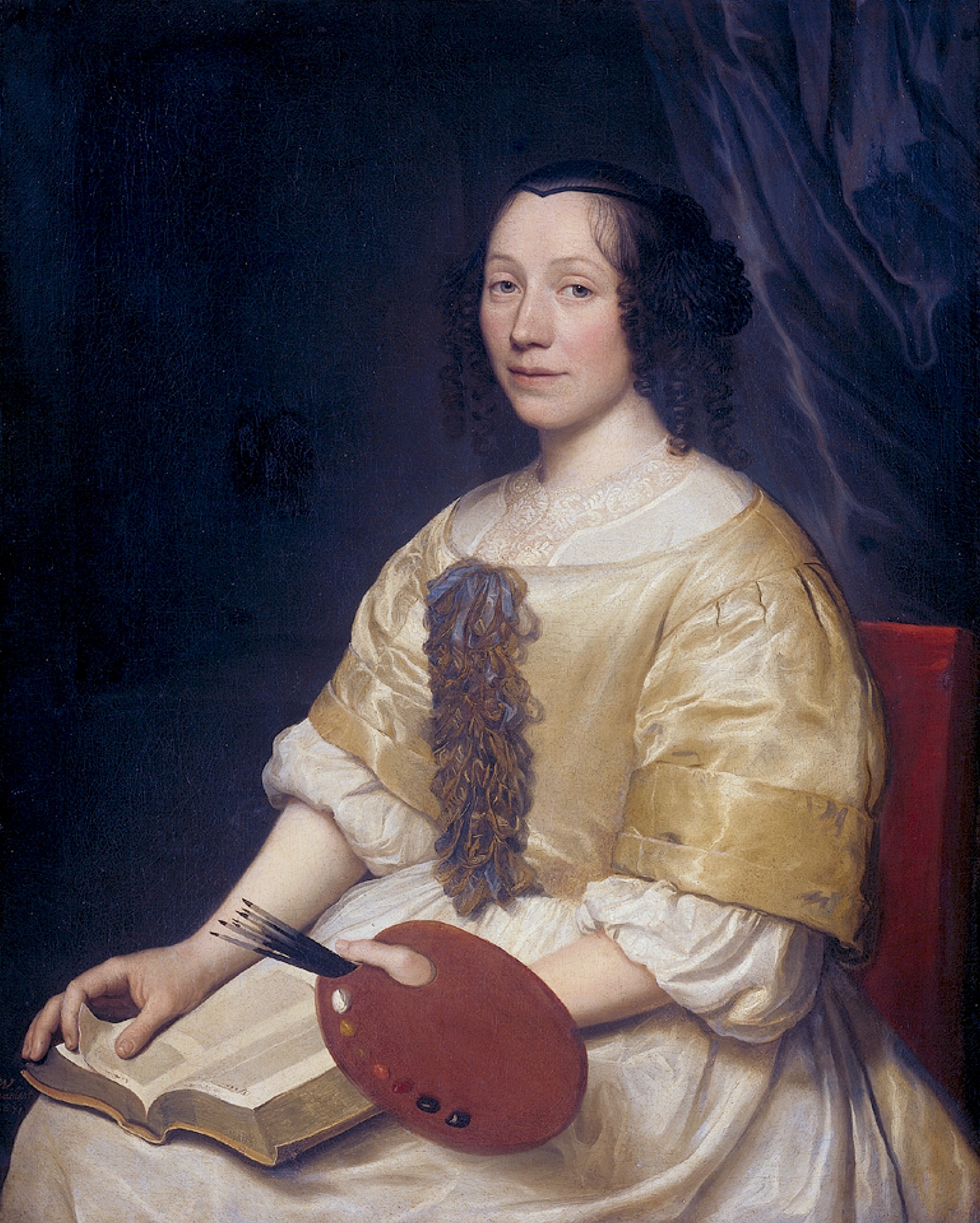It is Sunday so it's time for our new partnership - this time with the Denver Art Museum. Enjoy! :)
During Maria van Oosterwyck’s time, the Dutch were crazy about flowers. Flowers were rare in Holland, and very expensive. Flower bulbs and seeds had to be imported from the East, and only the wealthy could afford flower gardens. As a result, flowers, especially tulips, became symbols of status.
Flower paintings lasted longer than real blooms, people enjoyed them as a reminder of spring during the cold Dutch winters, and they also served as a demonstration of God’s bounty. Variety was especially valued in flower paintings—it was believed that only variety could make a composition beautiful and delightful. Variety is achieved here through the portrayal of many different types of blossoms, the inclusion of foliage, the positioning of the flowers, and the inclusion of plants in different stages of growth and decay.
Maria van Oosterwyck was particularly well-known for her flower paintings, and was able to capture the detail of individual flowers and foliage by sketching straight from the source. The bouquet in this painting would have been impossible to construct in real life because the flowers bloom in different seasons. Tulips, for example, bloom in the spring, while sunflowers bloom in the summer. Van Oosterwyck would have assembled this image of a fantasy bouquet from individual sketches she made from direct observation.
P.S. There were more women artists in the Dutch Golden Age than you think; read about seven of them. <3
P.P.S. If you're looking for an artsy calendar for 2023 full of inspiration, check our weekly, monthly, and daily planners. Be quick, today it is the last day of our -25% presale, and the calendars sell very fast! :))


 Maria van Oosterwijck
Maria van Oosterwijck